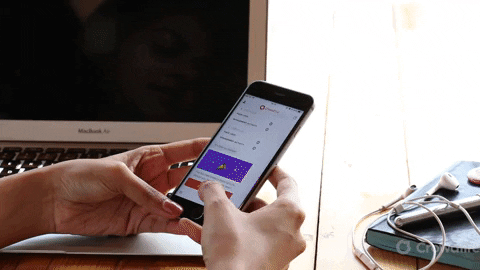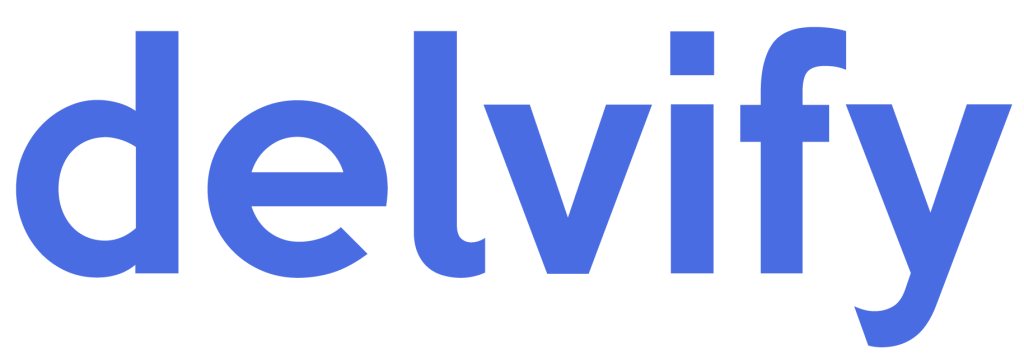
PROGRAmmATIC
How has the future of programmatic been affected by COVID-19?

The impact of the pandemic is continuing to cause disruptions around the world and it is no different in the Programmatic space. According to an IAB report back in March when the first wave hit across many areas, brands reduced spend by up to 30% overnight, with 1 in 4 pausing activity altogether! Many predicted that the impact would be worse than the 2008 financial crisis.
As we draw near the end of 2020, most brands have reduced, or in some sectors, stopped the majority of their advertising spends. With many limiting to tactical campaigns or waiting for travel bubbles to open up to capitalize on pent up demand. One of the most significant ways it has impact the world is how consumers’ habits and consumption methods have been restyled. Our lifestyle, working locations, with more people spending time at home, the way in which marketers reach their audience have all changed.
Increasing Online Consumption
With lockdowns keeping people at home, many began to connect and explore opportunities digitally. From online gym classes to education to the increase in online commerce. While this may be common for many millenials and gen Z audiences, there has also been a shift in the older generation making the first steps to online services and marking a change in their channel preferences.
Despite physical stores making returns, shopping behaviors continue to remain online. Consumers are now used to spending longer periods at home, prioritising the need for convenience as well out of necessity for their own health and wellbeing of others.
A survey by Bazaarvoice revealed that prior to the pandemic, consumers’ main priorities when shopping was quality (48%), price (47%) and brand (24%). As the pandemic-related lockdowns heightened in June, consumers were focusing on availability (49%), price (36%) and quality (34%).
While social distancing measures have led to the offline and traditional trade to shift their business models in order to survive, brands also need to evolve and ensure they are reaching the target audiences in the right way.
It is here where brands with good communication and targeting strategies can effectively reach their audiences online.

Keeping Up Brand Momentum
For many, cost saving is required but for those who have slightly deeper pockets it may be tempting to focus on just conversion and performance based campaigns. However, it is also a crucial time for brands to gain consumers trust by providing a focus on its service or products.
Brands have spent this time reviewing what matters to their consumers. With the rise of various social issues globally from various movements, it can be fair to say that brands that address these issues and maintain trust with their consumers are ones that will come out in better light.
The initial waves brought about a raft of sweeping brand safety measures, but as it becomes the new norm considering brand suitability applying contextual measures within digital advertising, rather than a blanket wide exclusion which may result in missed opportunities. Budgets may be reduced, but it is important that brands ensure their messages are relevant and delivered effectively to the right people during this sensitive time.

Increasing the importance of Programmatic
With less people outside or commuting in many places around the world, out-of-home advertising is taking a break for now with reduced spending and impact. Instead, brands are now focusing on allocating these unused budgets into digital to reach customers.
Reaching the right audiences, on the right channels is where Programmatic excels. However, this may change with the impending restrictions on cookies, but more on that another time. Understanding where your high value audiences are online, what and how they consume and alongside the evolution of consumer behavior, it is a challenging time for any marketer.
However, it has also pushed more traditional brands to speed up their adoption and realize the advantages of Programmatic as well. In the U.S., there was a rise in Programmatic connected TV spend, increasing up to 70% despite the pandemic. With Programmatic being an omni-channel platform and also a fast and agile partner, it can execute and optimize cross-channel campaigns in real time, helping brands and marketers deliver to audiences wherever they may be.

Context matters
With brands finding new channels and ways to reach customers, it has led to the rise in the need for granular audience targeting. With the removal of third party cookies on Chrome, we are now seeing a rise in interest based contextual targeting again.
Many marketers today were used to the days of network buying and context targeting, then adopting the use of data in audience buys. Where it may seem like a step back, contextual targeting still has value and can be effective.
Aside from ensuring advertising is contextually relevant and brand suitable, brands can capitalize on expanding their reach in investing in new content which their audiences are now consuming from podcasts to video to connected TV. Consumers are multiple formats and reaching them in a contextually relevant environment can be just as focused as audience targeting.

With the pandemic causing widespread changes to both our daily lives and how businesses operate around the world, marketers should also ensure they adapt and adjust advertising to their customers’ buying intent. Effective and contextually relevant targeting to both maintain brand awareness and also reinforcing customers in their purchasing decisions along the way will drive value and see brands through the pandemic.
If you would like to find out more on how you can effectively scale your brand with Programmatic, get in touch with our team today for a consultation!



